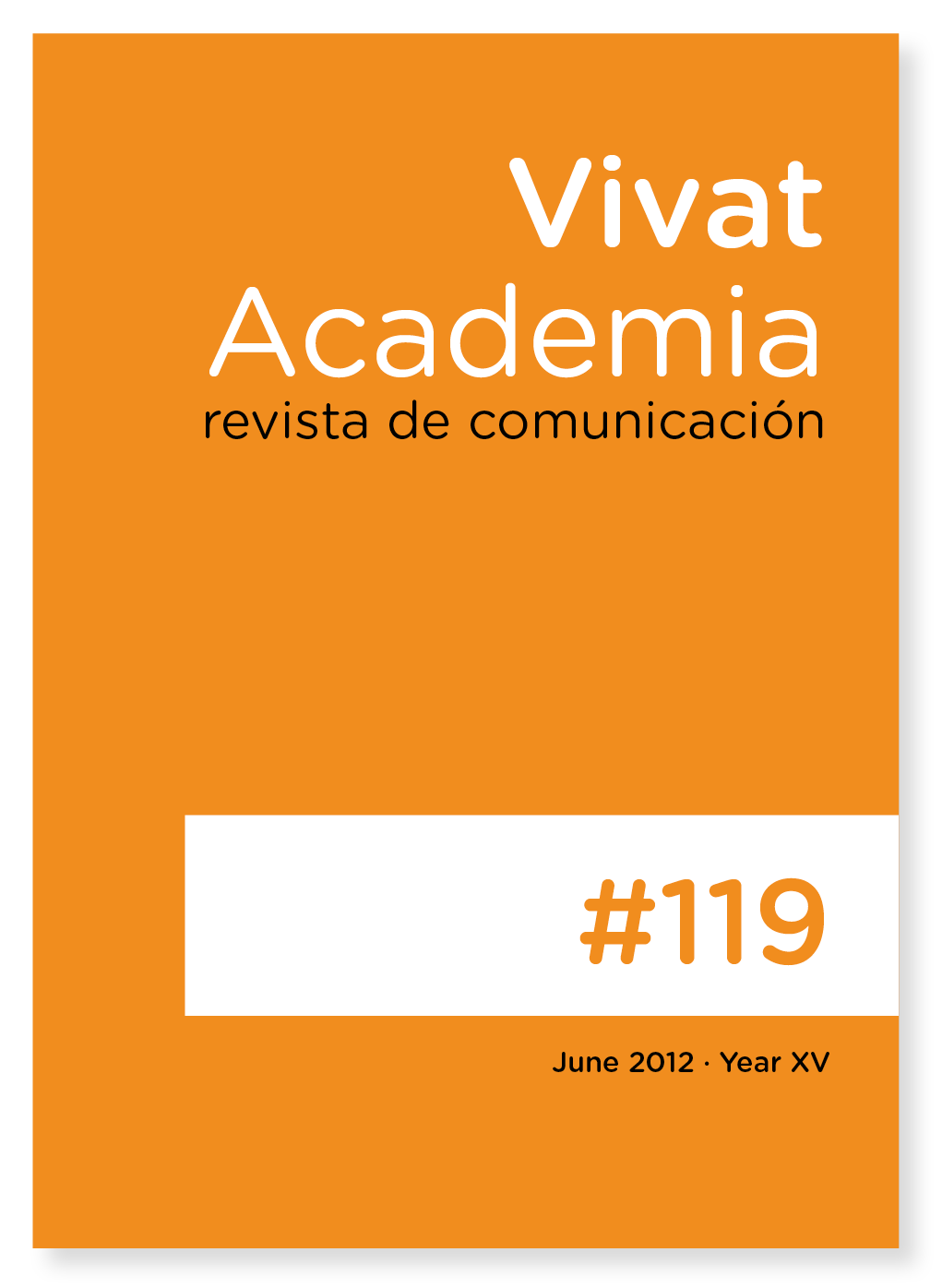Exploring the relationship between prospect theory and international conflict: the Thai-Cambodian border dispute as a case study
Main Article Content
Abstract
Downloads
Article Details
References
Abulof, U. (2009). "Small Peoples": The Existential Uncertainty of Ethnonational Communities. International Studies Quarterly, 53(1), 227-248.
Ahuja, A. (2011). Thai and Cambodia troops clash again on disputed border [Electronic Version]. Reuters. Retrieved March 24, 2011, from www.reuters.com/article/2011/02/06/us-thailand-cambodia-clashidUSTRE71409020110206?
pageNumber=1
Brinkley, J. (2011). Cambodia's Curse: The Modern History of a Troubled Land. New York:
PublicAffairs.
Cakir, A. E. (2009). Gestalt Ontology in International Relations: The Case of European
Integration. International Studies Perspectives, 10(3), 321-340.
Chambers, P. W., & Wolf, S. O. (2010). Image-formation at a nation's edge: Thai perceptions of its border dispute with Cambodia: implications for South Asia [Electronic Version]. Heidelberg Papers in South Asian and Comparative Politics, Working Paper No. 52, 1-48. Retrieved April 21, 2011, from h t t p : / / h p s a c p . u n i - h d . d e
Chan, P. C. W. (2004). Acquiescense/Estoppel in International Boundaries: Temple of Preah Vihear Revisited. Chinese Journal of International Law, 3(2), 421-439.
Chandler, D. (2008). A History of Cambodia. Boulder: Westview Press.
Cock, A. R. (2010). External Actors and the Relative Autonomy of the Ruling Elite in post-UNTAC Cambodia. Journal of Southeast Asian Studies, 41(2), 241-265.
Cozette, M. (2008). Classical Realism on the Future of International Relations.
International Studies Review, 10(4), 667-679.
Cuasay, P. (1998). Borders on the Fantastic: Mimesis, Violence, and Landscape at the Temple of Preah Vihear. Modern Asian Studies, 32(4), 849-890.
Dalpino, C. (2011). Thailand in 2010; Rupture and Attempts at Reconciliation. Asian Survey, 51(1), 155 - 163.
DRESSEL, B. (2009). Thailand's Elusive Quest for a Workable Constitution, 1997-2007.
Contemporary Southeast Asia, 31(2), 296-325.
von Feigenblatt, Otto F. (2009a). Comparing the 2006 Military Coup in Thailand and the 2009 Coup in Honduras: Internal Socio-political Similarities and External
Normative Differences. Infinity Journal, 1(4), 3-9.
von Feigenblatt, Otto F. (2009b). The Thai Ethnocracy Unravels: A Critical Cultural
Analysis of Thailand’s Socio-Political Unrest. Journal of Alternative Perspectives in the
Social Sciences, 1(3), 583-611.
von Feigenblatt, Otto F. (2010a). The Human Security Theory of Integrative Negotiation for Sociopolitical Conflicts: The Thai Color Divide as a Case Study Asia Pacific World, 1(2), 61-82.
von Feigenblatt, Otto F. (2010b, April 09, 2010). Thailand's Struggle over Legitimacy.
UPI Asia.com, pp. 1-3. Retrieved April 9, 2010, from
www.upiasia.com/Politics/2010/04/09/thailands_struggle_over_legitimacy/2024/
von Feigenblatt, Otto F. (2010c, May 27, 2010). UNCERTAINTY AND FEAR IN THAILAND. Insight on Conflict. Retrieved May 27, 2010, from www.insightonconflict.org/conflicts/thailand/stories/uncertainty-fear-thailand/
Fisher, R., & Ury, W. (1991). Getting to Yes: Negotiating Agreement Without Giving In (Second ed.). New York: Penguin Books.
Gallis, A. (2009). Symposium: International Commercial Arbitration: Fifty Years after New York Convention: UNESCO Documents and Procedure: The Need to Account for
Political Conflict When Designating World Heritage Sites. Georgia Journal of International and Comparative Law, 38(Spring), 1-27.
Harris, I. (2010). Rethinking Cambodian Political Discourse on Territory: Genealogy of the Buddhist ritual boundary (sīmā). Journal of Southeast Asian Studies, 41(2), 215-239.
Heidhues, M. S. (2000). Southeast Asia: A Concise History. London: Thames & Hudson.
Hinton, A. (2006). Khmerness and the Thai ‘Other’: Violence, Discourse and Symbolism in the 2003 Anti-Thai Riots in Cambodia. Journal of Southeast Asian Studies,
(3), 445-469.
Jackson, P. T., & Nexon, D. H. (2009). Paradigmatic Faults in International Relations Theory. International Studies Quarterly, 53(4), 907-930.
John, R. B. S. (1994). Preah Vihear and the Cambodia-Thailand Borderland. IBRU Boundary and Security Bulletin(January ), 64-68.
John, R. B. S. (2005). Democracy in Cambodia - One Decade, US$5 Billion Later: What Went Wrong? Contemporary Southeast Asia, 27(3), 406-428.
Kissinger, H. (1994). Diplomacy (Paperback ed.). New York: Simon & Schuster.
Kolodziej, E. A. (2005). Security and International Relations. New York: Cambridge University Press.
Levy, J. S. (2000). Loss Aversion, Framing Effects, and International Conflict: Perspectives from Prospect Theory. In M. I. Midlarsky (Ed.), Handbook of War Studies II
(pp. 193-221). Ann Arbor: The University of Michigan Press.
Lintner, B. (2009). The Battle for Thailand: Can Democracy Survive? Foreign Affairs, 88(4), 108-118.
McCargo, D. (2005). Cambodia: Getting Away with Authoritarianism? Journal of Democracy, 16(4), 98-112.
Mulder, N. (1996). Inside Southeast Asia: Religion, Everyday Life, and Cultural Change.
Chiang Mai: Silkworm Books.
Mulder, N. (2000). Inside Thai Society (1st ed.). Bangkok: Silkworm Books.
Murphy, C. (2009). Populism Erodes Thailand's Old Order. Far Eastern Economic Review, 172(5), 7-12.
Nanuam, W. (2010, 7/01/2010). The red and yellow chasm... and the sum of all fears. Bangkok Post, from www.bangkokpost.com/opinion/opinion/30579/the-red-andyellow-chasm-and-the-sum-of-all-fears
Nanuam, W. (2011). Keep your talismans close, boys: Army says troops need protection against Khmer black magic. [Electronic Version]. Bangkok Post. Retrieved
February 12, 2011, from www.bangkokpost.com/lite/topstories/221185/keep-yourtalismans-close-boys
Neher, C. D. (2002). Southeast Asia in the New International Era. Boulder: Westview Press.
PAD vow to reclaim Thai soil at miniature Preah Vihear [Electronic. (2009). Version].
Prachatai. Retrieved October 12, from www.prachatai.com/english/node/1422
Petty, M. (2011). Q+A-Why are the Thai and Cambodian troops fighting? [Electronic Version]. Reuters. Retrieved March 24, 2011, from www.reuters.com/article/2011/02/07/thailand-cambodia-idUSSGE71605F20110207
Singh, L. P. (1962). The Thai-Cambodian Temple Dispute. Asian Affairs, 2(8), 23-26.
Stuart Sim, B. V. L. (2005). Introducing Critical Theory. London: Icon Books.
Szep, J. (2011). Thai, Cambodia troops clash for fourth day on border [Electronic Version]. Reuters. Retrieved March 24, 2011, from www.reuters.com/article/2011/02/07/uk-thailand-cambodiaidUSLNE71600G20110207?
pageNumber=1
Thai-Cambodian Conflict: Temple Trouble. (2011). The Economist, 398(8720), 50.
Thomas-Cottingham, A. (2004). Psychology Made Simple. New York: Broadway Books.
Tsygankov, A. P., & Tarver-Wahlquist, M. (2009). Duelling Honors: Power, Identity and the Russia-Georgia Divide. Foreign Policy Analysis, 5(4), 307-326.
Ungpakorn, G. J. (2007). A Coup for the Rich: Thailand's Political Crisis. Bangkok: Workers Democracy Publishing.
Ungpakorn, G. J. (2010). Thailand's Crisis & the Fight for Democracy. London: WDPress.
Ury, W. L., Brett, J. M., & Goldberg, S. B. (1993). Getting Disputes Resolved: Designing Systems to Cut the Costs of Conflict. Cambridge: The Program on Negotiation at Harvard
Law School.
Wyatt, D. K. (2003). Thailand: A Short History (Thailand ed.). Chiang Mai: Silkworm Books.





